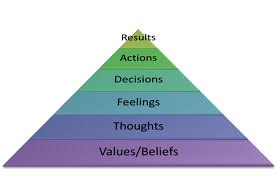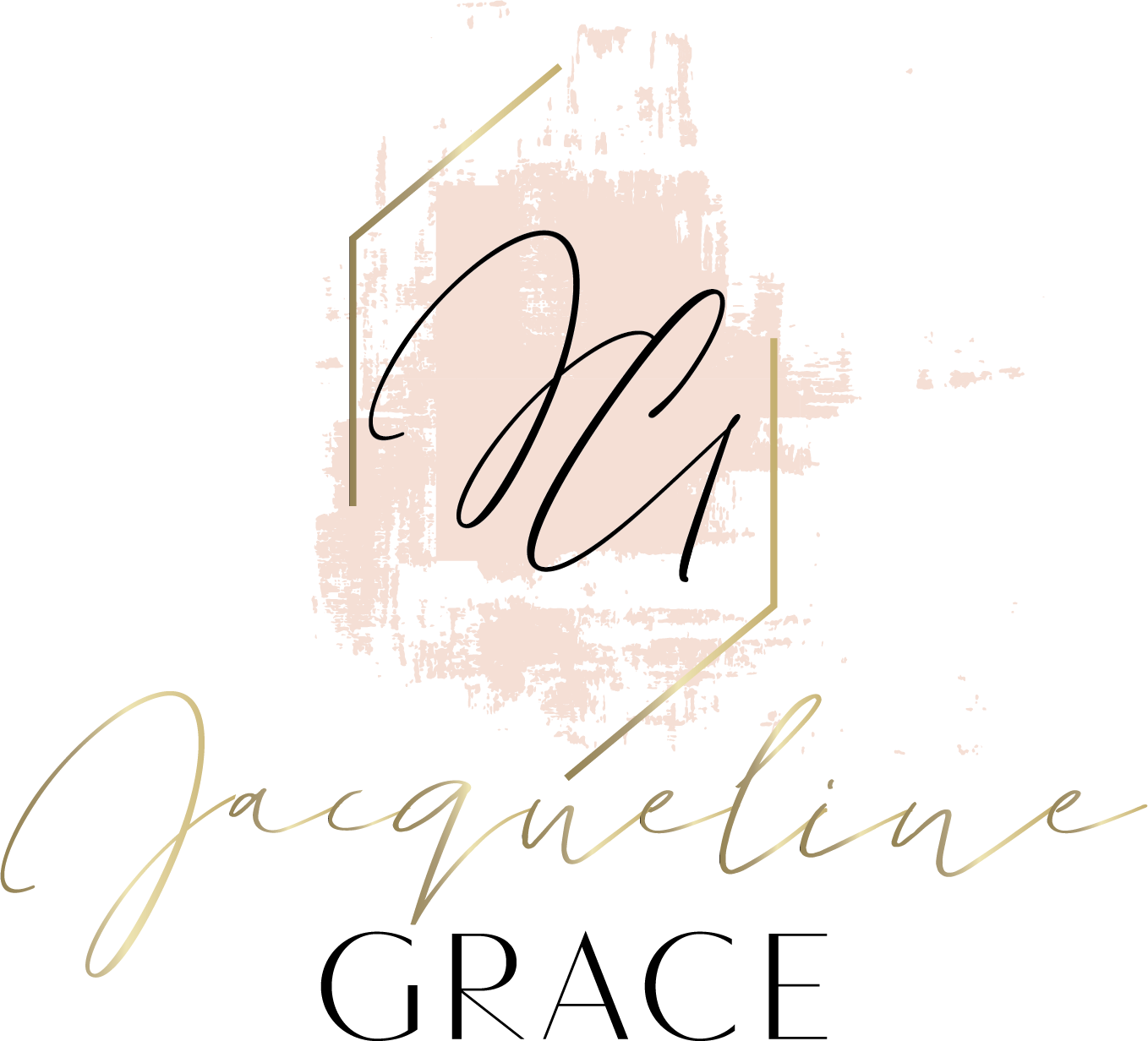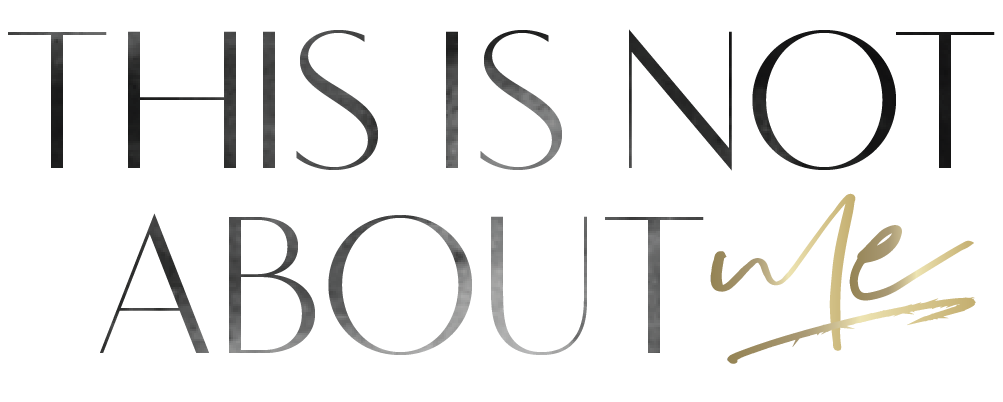Whoa! Don’t you want to court a little first?
Nope. Let’s just jump right in.
 At different points in my life, I’ve engaged the services of a therapist. First time was 15 years ago for about a year. Second time was seven years ago for half a year. Third time was over two years ago–saw someone for a few months as I was dealing with postpartum anxiety. Finally, fourth time was almost a year ago–and still going strong.
At different points in my life, I’ve engaged the services of a therapist. First time was 15 years ago for about a year. Second time was seven years ago for half a year. Third time was over two years ago–saw someone for a few months as I was dealing with postpartum anxiety. Finally, fourth time was almost a year ago–and still going strong.
Therapy has become integral in my pursuit of wellness and a subject about which I’m passionate.
Unfortunately, the stigma around mental health keeps people from discussing this all too important topic. This taboo is exacerbated amongst people of color. Given my experiences and how beneficial it has been for me, I’ve made it my mission to normalize conversations around therapy and mental health broadly–at least in my tiny sphere of influence.
Starting (Again)
About a year ago, I started seeing my current therapist after my son was diagnosed with a speech disfluency. He had developed a severe stutter accompanied with jarring, physical, secondary behaviors (jumping up and down, slamming his hand against the table and hitting his head against the car seat when his words were stuck). Accordingly, watching my son struggle to speak was unnerving. I immediately engaged a speech language pathologist for him. Additionally, I engaged a licensed clinical social worker for me.
So…What’s This Therapy Thing Like, Anyway?
 We initially started with traditional talk therapy. Talk therapy, also known as psychotherapy, is based on the principle of talking (to a therapist) as the main means of expressing and resolving issues. The basic principle: discussing what’s bothering you can help you clarify issues and put them in proper perspective.
We initially started with traditional talk therapy. Talk therapy, also known as psychotherapy, is based on the principle of talking (to a therapist) as the main means of expressing and resolving issues. The basic principle: discussing what’s bothering you can help you clarify issues and put them in proper perspective.
That said, my therapist has a bias for action (a woman after my own heart!). 100% talk therapy–where clients just sit and talk ad nauseum–isn’t her cup of tea. She is focused on helping people progress. Therefore, she quickly introduced a derivation of talk therapy called Cognitive Behavioral Therapy (CBT).
Cognitive Behavioral…What?
For those not familiar, CBT is a form of therapy that helps identify inaccurate or negative thinking so you can view challenging situations more clearly and respond to them in a more effective way.
Some examples of negative or unhelpful thinking styles are:
-
- All or Nothing Thinking
- Black and white thinking
- If I’m not perfect, I have failed
- Black and white thinking
- Mental Filter
- Only paying attention to certain types of evidence
- Noticing our failures but not seeing our successes
- Only paying attention to certain types of evidence
- All or Nothing Thinking
-
- Emotional Reasoning
- Assuming that because we feel a certain way, what we think must be true
- I feel embarrassed so I must be an idiot
- Assuming that because we feel a certain way, what we think must be true
- Emotional Reasoning
CBT typically includes these steps:
- Identify troubling situations or conditions in your life
- Become aware of your thoughts, emotions and beliefs about these problems
- Identify negative or inaccurate thinking
- Reshape negative or inaccurate thinking
CBT is often used as a short-term, quick way to identify and cope with specific challenges. However, therapy is like peeling an onion and that was my experience: while sorting through why I was feeling what I was feeling, I uncovered something else…and then another something else…and then another something else. Therefore, while Ryan’s speech issues were the catalyst to start therapy again, I continued because I discovered more “things” to unpack and found tremendous value in the process broadly.
So…In What Way Did You Benefit?
We’ve all seen some version of this:
Beliefs determine your thoughts. Thoughts determine your feelings. Feelings determine your actions. Actions determine your results.
We can often trace the origins of our beliefs back to our life experiences–the good, the bad, and the ugly. Part of the work I completed involved identifying the origins of my thinking and beliefs. Unpacking it all–most certainly the bad and the ugly–was revealing and helped shift my thinking. As a result, this work has benefited me both personally and professionally and I couldn’t recommend it more. I am not done; I’ll share more in future posts and I’m excited to bring you on the journey.
So, whether you’re frustrated with how you’re feeling, you don’t understand your actions, or you’re ready for a different result, examining your thoughts and beliefs would be a good start. Sure, you can do some of this on your own. Alternatively, you can engage a professional trained to shepherd you through the process in a safe environment while providing instrumental tools and mileposts along the way. Give it a try!











[…] search. Accordingly, I’ve had no consistent self-care practice. No gym, no acupuncture, no therapy. The three-legged stool of my stress-management regimen was missing. Not to mention journaling […]